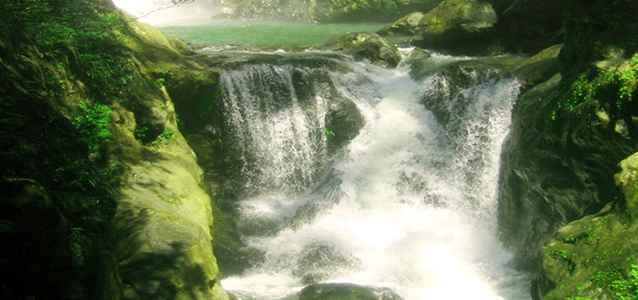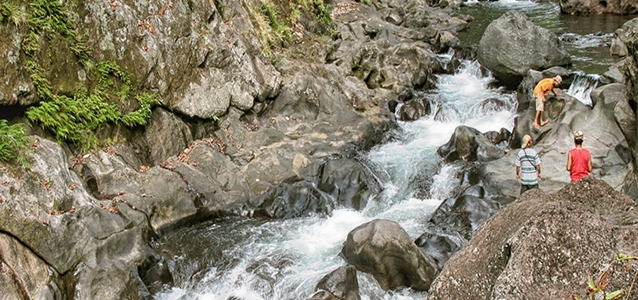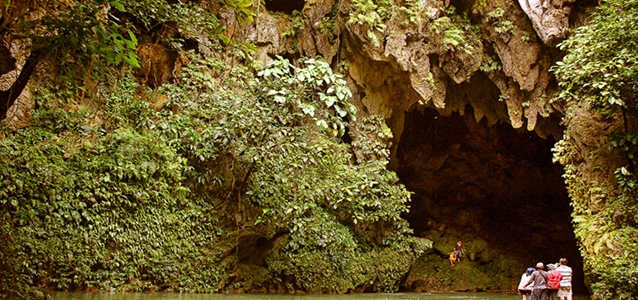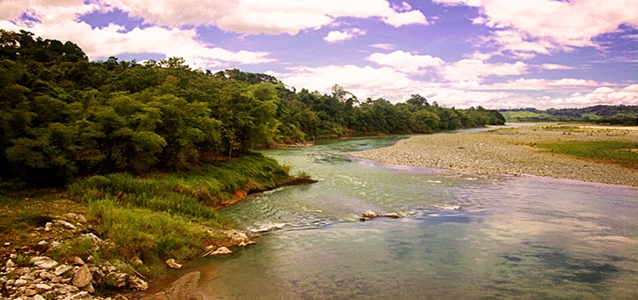Apayao, which means “negotiable river”, lies quietly between the more progressive provinces of Ilocos Norte and Cagayan. Historical accounts and artefacts prove that Spanish missionaries first set foot in the province in 1608. It was in the present day municipality of Pudtol that they gained foothold. But with the Isnegs’ already established communities, the Spaniards could only conquer the lower part of Apayao. This is evidenced by the many church ruins in Emilia and Sta. Marcela.

On June 18, 1966 under the Republi Act No. 4695, four separate independent provinces were created: Kalinga-Apayao, Ifugao, Mountain Province and Benguet. But Apayao has become independent from Kalinga after Congressman Elias K. Bulut passed a bill in 1994 to separate the two provinces in order to better serve the needs of each of the ethnic groups living there. In February 14, 1995, the Republic Act No. 7878 was signed into law.
Geography
Located in the northernmost tip of the mainland of Luzon, the province of Apayao is bordered on the east by the Cagayan, Ilocos Norte and Abra on the west and Kalinga on the south. Its total land area is 392,790 hectares, covering about 21 percent of the Cordillera Administrative Regions’ total land area.
Political Subdivision
Today, Apayao is currently subdivided into seven municipalities:
- Calanasan
- Conner
- Flora
- Kabugao
- Luna
- Pudtol
- Sta. Marcela
All in all, there are around 131 barangays in the province.

Topography
Apayao is classified into upper and lower. Upper Apayao is classified as such because it is located in the mountainous area with towering peaks, plateaus and several valleys. It has three municipalities and occupies 67.2% of the total land area. Lower Apayao is in the flat area of the land with rolling mountains and plateaus. It covers 32.8% of the total land area and has four municipalities.
Climate
The province’s prevailing climate has a Type III Classification. It’s relatively dry and wet from November to April and wet for the rest of the year. The months between December and February get the heaviest rain, while May is the warmest.
Population
In 2010, the province had a total population of 112,636. Its density was 26 per square kilometer (66/sq mi). The Isnegs are the dominant indigenous group in the area.
Language/Dialect
Almost half of the households here speak Ilocano. There are others who speak Isneg and Tagalog, while the rest of the 25 dialects are spoken by a small number of residents.
The province of Apayao is blessed to have the most diverse, most note-worthy sights in this part of the country. In fact, it is considered Cordillera’s Last Frontier of Nature’s Richness. Because it is landlocked and perched high above the mountains, this province may not be your typical tourist destination.
Some of the must-visit tourist spots here include:
Lussok Crystal Cave in Luna

This town is dubbed the “Show Window of Apayao”. It is home an awe-inspiring collection of diverse ecosystem as well as varied natural attractions. These include unexplored caves like the Lussok Crystal Cave. It has seven chambers all adorned with magnificent stalactites and stalagmites. You will need to navigate through an underground river system that flows from end to end.
Swan Hilltop View in Pudtol

The view from this place is simply astounding. You get to see a bird’s eyeview of the Apayao River and its adjacent towns.
Pudtol church ruins
Remnants of old churches in this municipality are proof of the Spanish settlement in the province.
There’s still so much to explore in this part of the country – mountains, rivers, caves and the like. If you want to travel to a magical place that’s not frequented by tourists, then Apayao will be perfect for you.